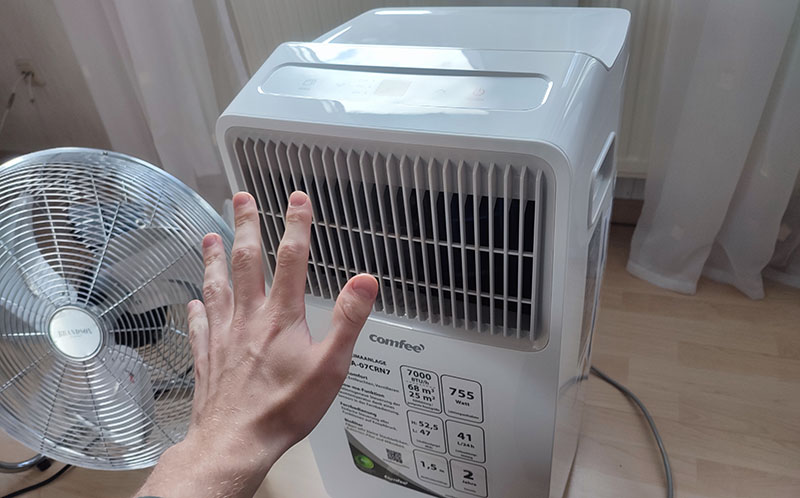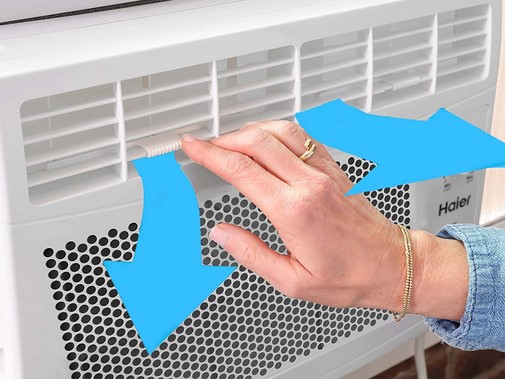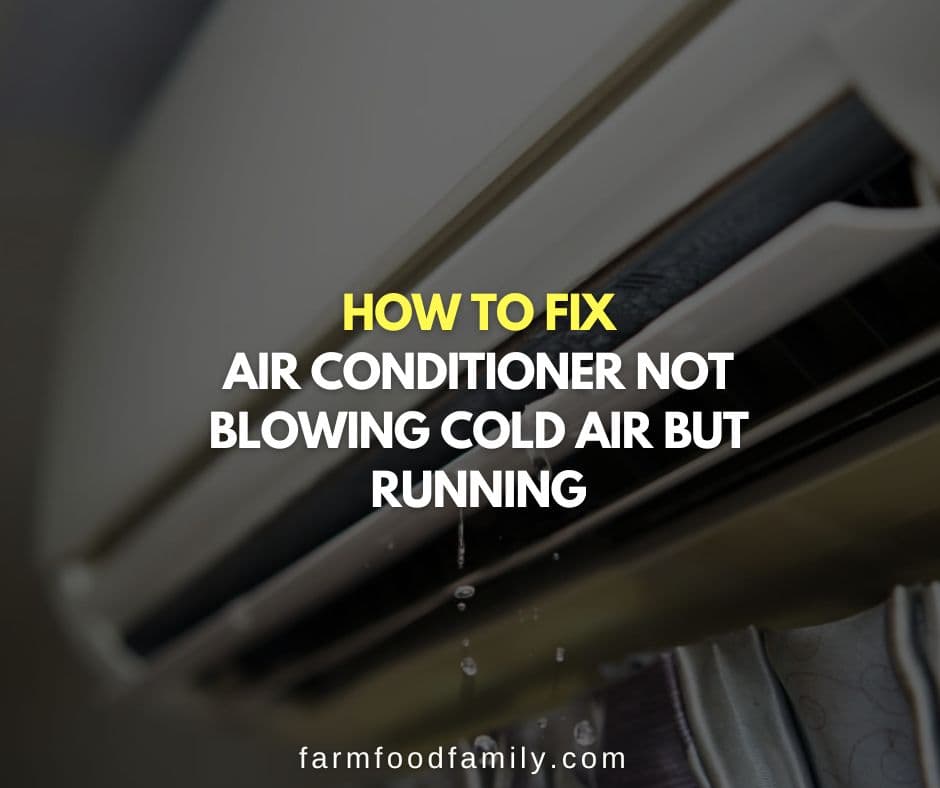Air Conditioner Fan Blowing But Not Cooling

Imagine this: The summer sun beats down relentlessly, turning your home into a sweltering oven. You retreat indoors, seeking refuge in the cool embrace of your air conditioner. But as you switch it on, a disconcerting realization dawns – the fan is blowing, alright, but the air is lukewarm, offering no respite from the oppressive heat.
This common summertime woe, an air conditioner fan blowing but failing to cool, is not only frustrating but also a signal that something is amiss with your cooling system. Addressing this issue promptly can prevent further damage and hefty repair bills down the line.
Understanding the Problem
At its core, an air conditioner operates on a simple principle: it circulates refrigerant, a chemical compound, through a closed system to absorb heat from inside your home and release it outside. The fan plays a crucial role in this process, circulating air across the evaporator coil (inside) to absorb heat and across the condenser coil (outside) to release it.
When the fan is blowing but the air isn't cooling, it indicates a disruption in this heat exchange process. Several factors can contribute to this problem, ranging from minor issues that homeowners can address themselves to more complex mechanical failures requiring professional intervention.
Common Culprits Behind the Warm Air
One of the most frequent causes of an air conditioner blowing warm air is a refrigerant leak. Refrigerant is the lifeblood of your AC, and when it leaks, the system's ability to cool diminishes significantly.
Another common issue is a dirty air filter. A clogged filter restricts airflow, forcing the system to work harder and reducing its cooling efficiency. According to the U.S. Department of Energy, replacing a dirty air filter can improve your AC's efficiency by 5% to 15%.
A frozen evaporator coil can also prevent proper cooling. This occurs when the coil becomes too cold, often due to restricted airflow or low refrigerant levels, causing ice to form and block the air passage.
Beyond these common causes, other potential culprits include a malfunctioning compressor, a faulty capacitor, or a blocked condenser coil. These issues typically require professional diagnosis and repair.
Troubleshooting Steps You Can Take
Before calling a technician, there are several troubleshooting steps homeowners can take to potentially resolve the issue themselves. First, check the air filter and replace it if it's dirty.
Second, ensure that all air vents in your home are open and unobstructed. This allows for proper airflow throughout the system.
Third, inspect the outdoor condenser unit for any debris or obstructions. Clear away any leaves, grass, or other materials that may be blocking airflow.
Fourth, if you suspect a frozen evaporator coil, turn off the AC and allow the coil to thaw for several hours. This may resolve the issue if it's caused by restricted airflow.
“Regular maintenance is key to preventing many of these issues,” says John Miller, a certified HVAC technician. “Simple tasks like changing the air filter regularly and keeping the outdoor unit clean can go a long way in maintaining your AC's performance.”
When to Call a Professional
If you've tried these troubleshooting steps and your AC is still blowing warm air, it's time to call a qualified HVAC technician. Refrigerant leaks, compressor failures, and other complex mechanical issues require specialized tools and expertise to diagnose and repair.
Attempting to fix these issues yourself can be dangerous and may void your warranty. A professional technician can accurately identify the problem, recommend the appropriate solution, and ensure that your AC is operating safely and efficiently.
The Environmental Protection Agency (EPA) regulates the handling and disposal of refrigerants due to their potential impact on the environment. Licensed technicians are trained to handle refrigerants responsibly and prevent leaks.
Preventative Maintenance: The Key to Long-Term Cooling
The best way to avoid the frustration of an AC blowing warm air is to invest in regular preventative maintenance. Schedule an annual tune-up with a qualified HVAC technician to inspect and clean your system.
During a tune-up, the technician will check refrigerant levels, clean the coils, inspect electrical components, and lubricate moving parts. This proactive approach can identify potential problems before they escalate into major repairs.
Consider investing in a smart thermostat to optimize your AC's performance and energy efficiency. Smart thermostats can learn your preferences, adjust the temperature automatically, and provide valuable insights into your energy usage.
Regular maintenance not only prevents breakdowns but also extends the lifespan of your AC and reduces your energy bills. According to Energy Star, proper maintenance can improve your AC's efficiency by as much as 20%.
Beyond the Immediate Fix
Dealing with an AC that's blowing warm air is more than just a matter of immediate comfort. It's also about being mindful of your energy consumption and the environmental impact of your cooling system. Inefficient AC units consume more energy, leading to higher electricity bills and increased greenhouse gas emissions.
Choosing an energy-efficient AC unit and practicing responsible maintenance habits are steps you can take to reduce your carbon footprint. When it's time to replace your AC, consider upgrading to a model with a higher Seasonal Energy Efficiency Ratio (SEER) rating.
SEER measures an AC's cooling efficiency; the higher the SEER rating, the more efficient the unit. Look for models with the Energy Star label, which indicates that they meet strict energy efficiency guidelines.
A Breath of Fresh Air
While the initial experience of an AC blowing warm air can be disheartening, understanding the potential causes and taking proactive steps can help restore your home's cool comfort. From simple troubleshooting steps to regular preventative maintenance, there are many ways to address this common issue and ensure that your cooling system operates efficiently and reliably.
By embracing a proactive approach to AC maintenance and being mindful of energy consumption, you can not only enjoy a cooler home but also contribute to a more sustainable future.
So, the next time you feel that unwelcome wave of warm air emanating from your AC, remember that it's an opportunity to learn, to take action, and to ensure that your home remains a cool and comfortable sanctuary throughout the sweltering summer months.


















